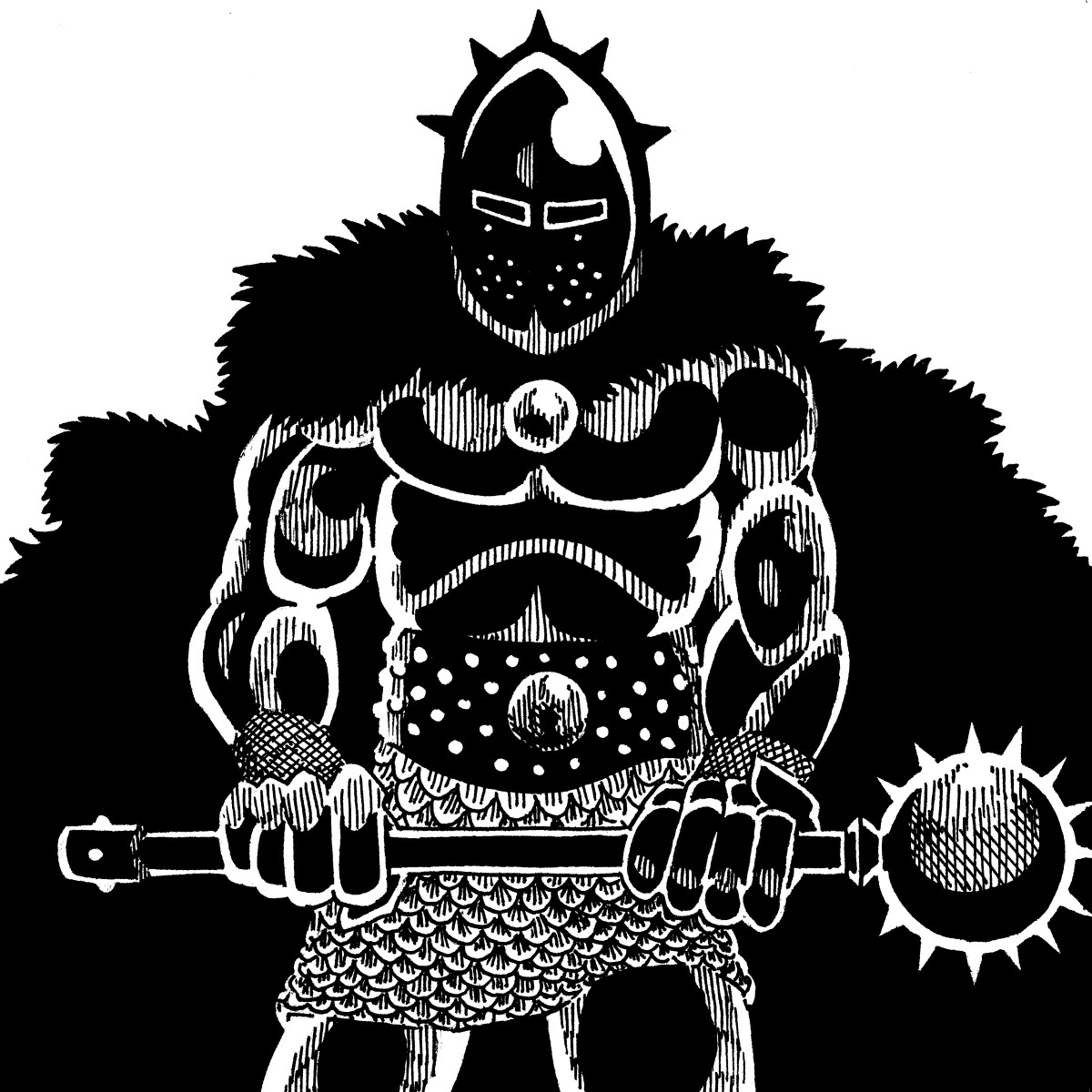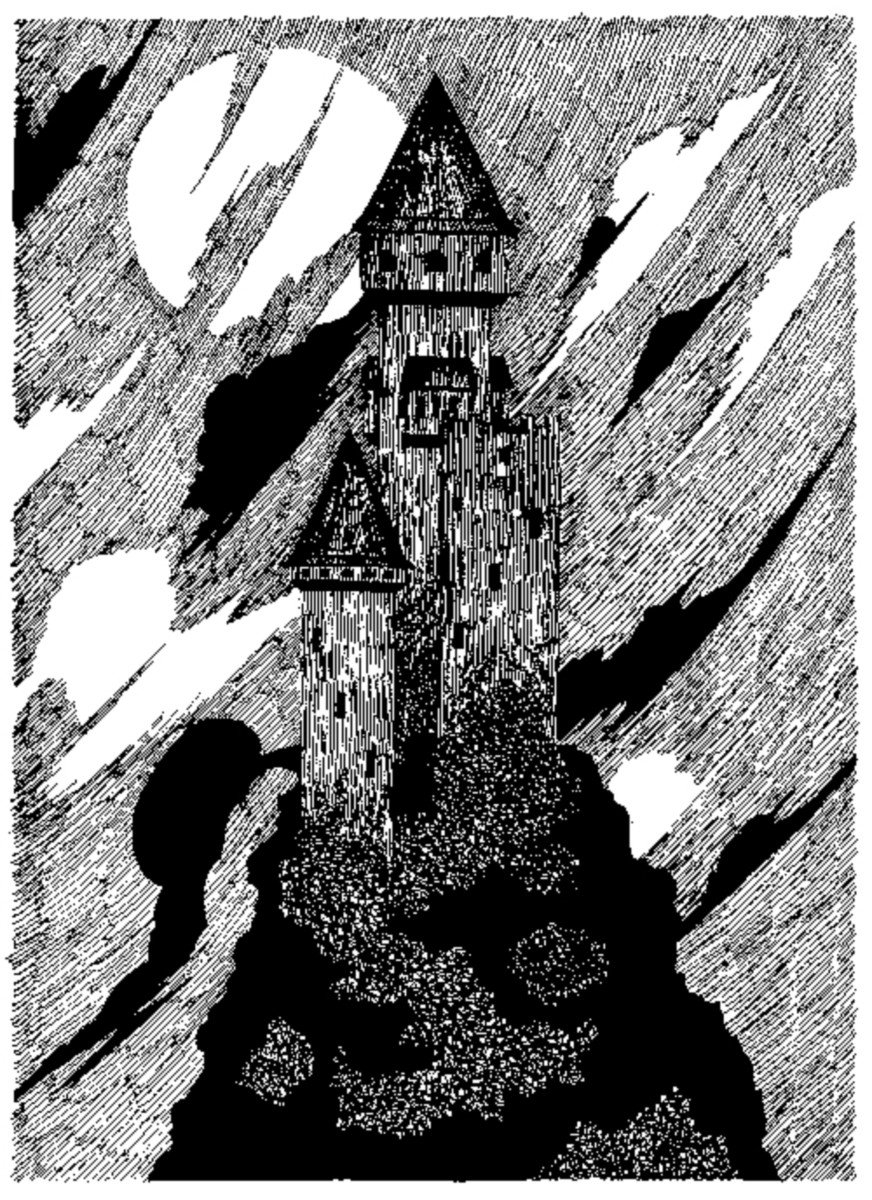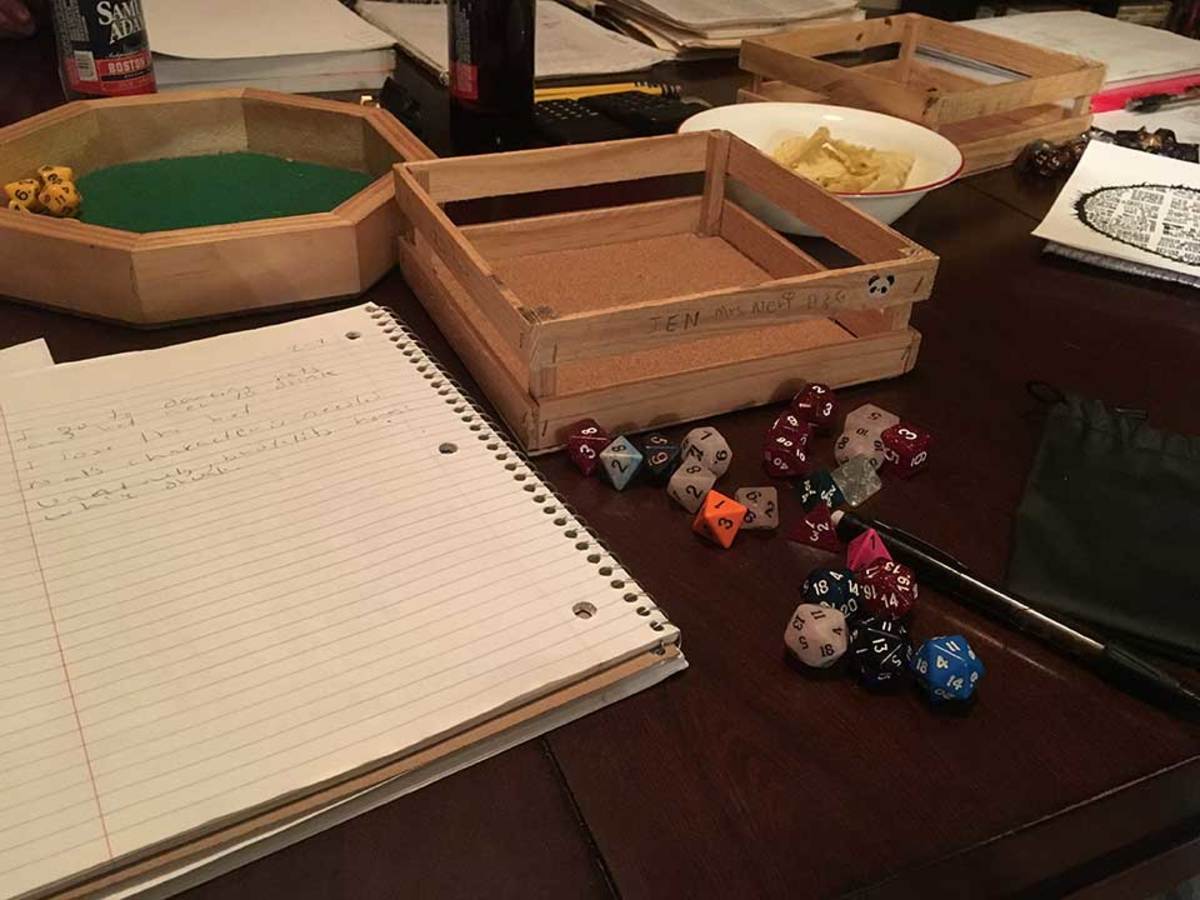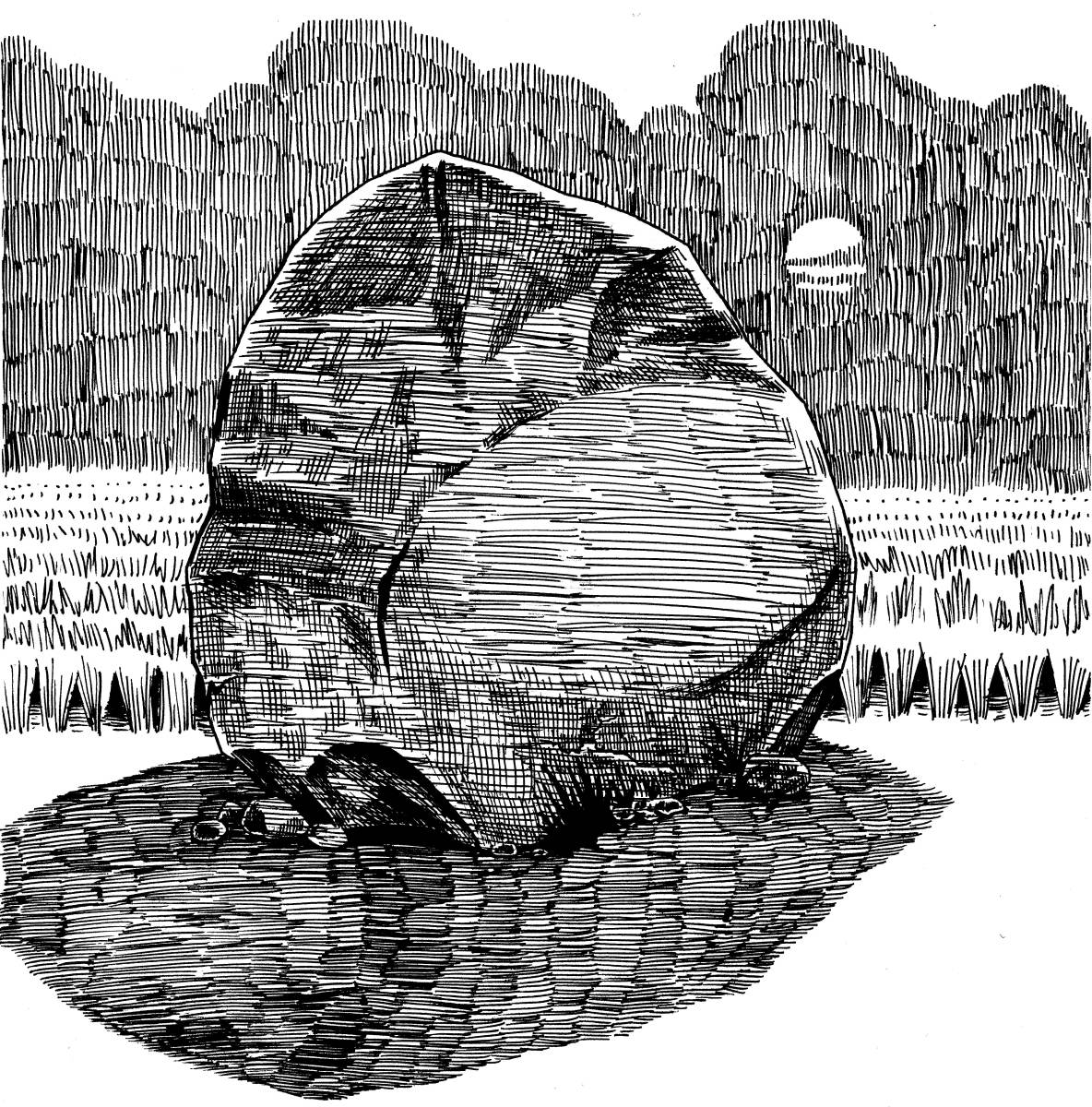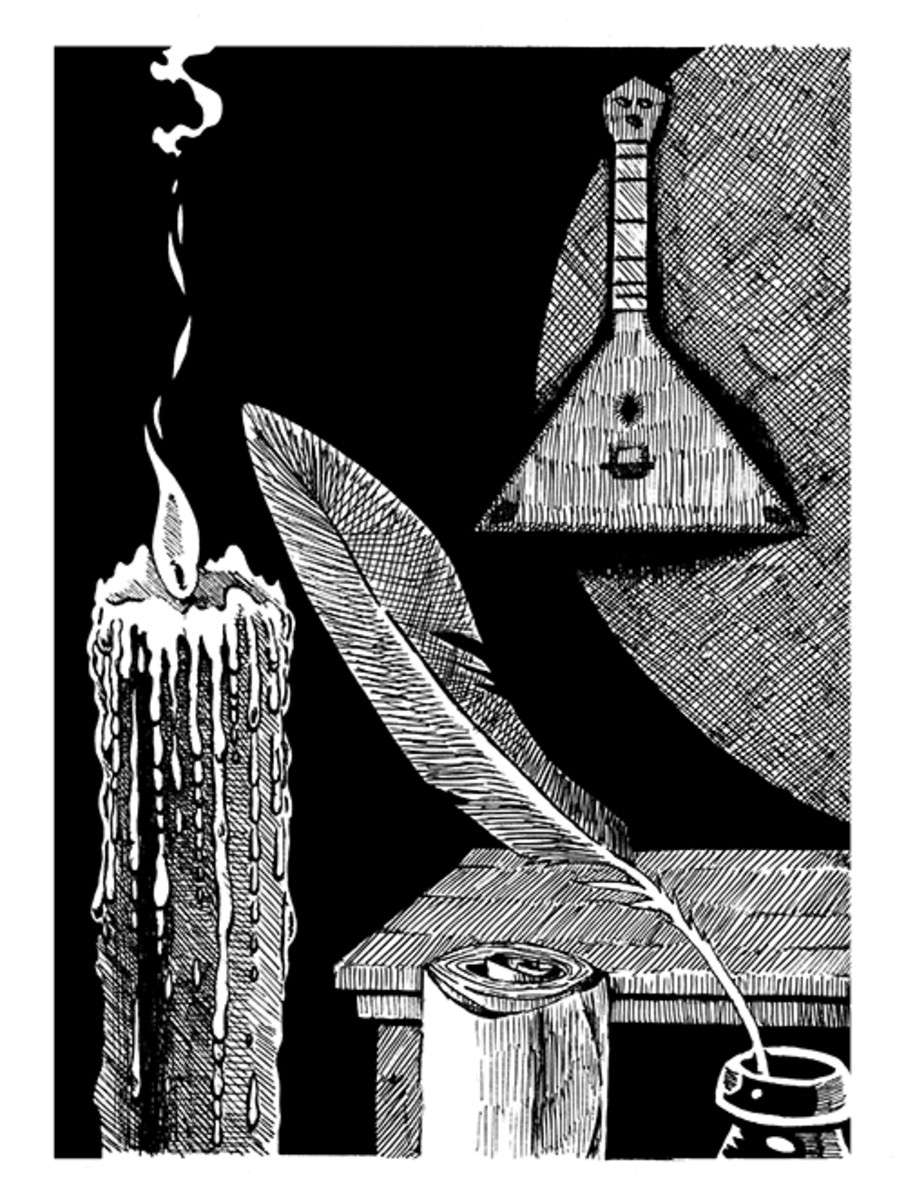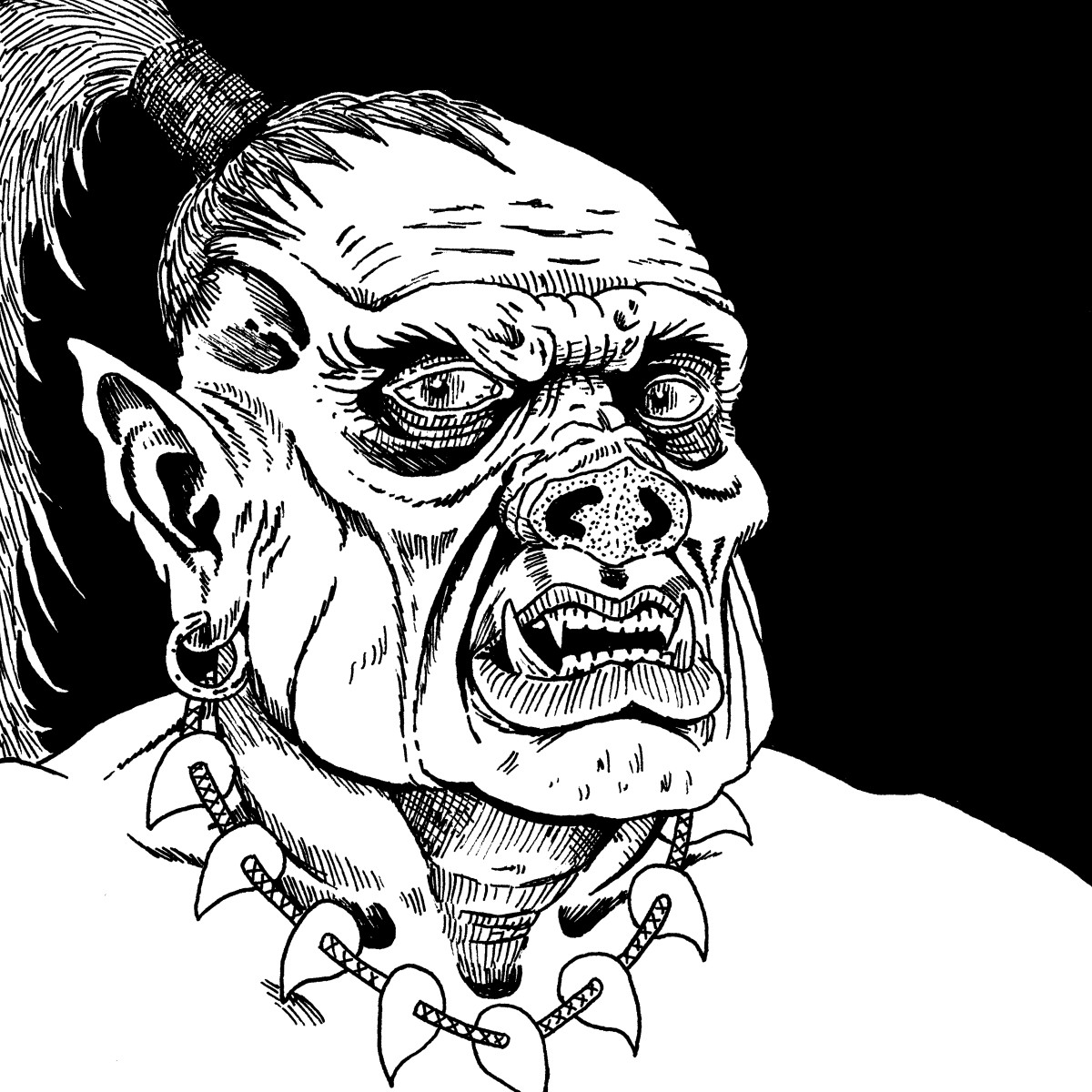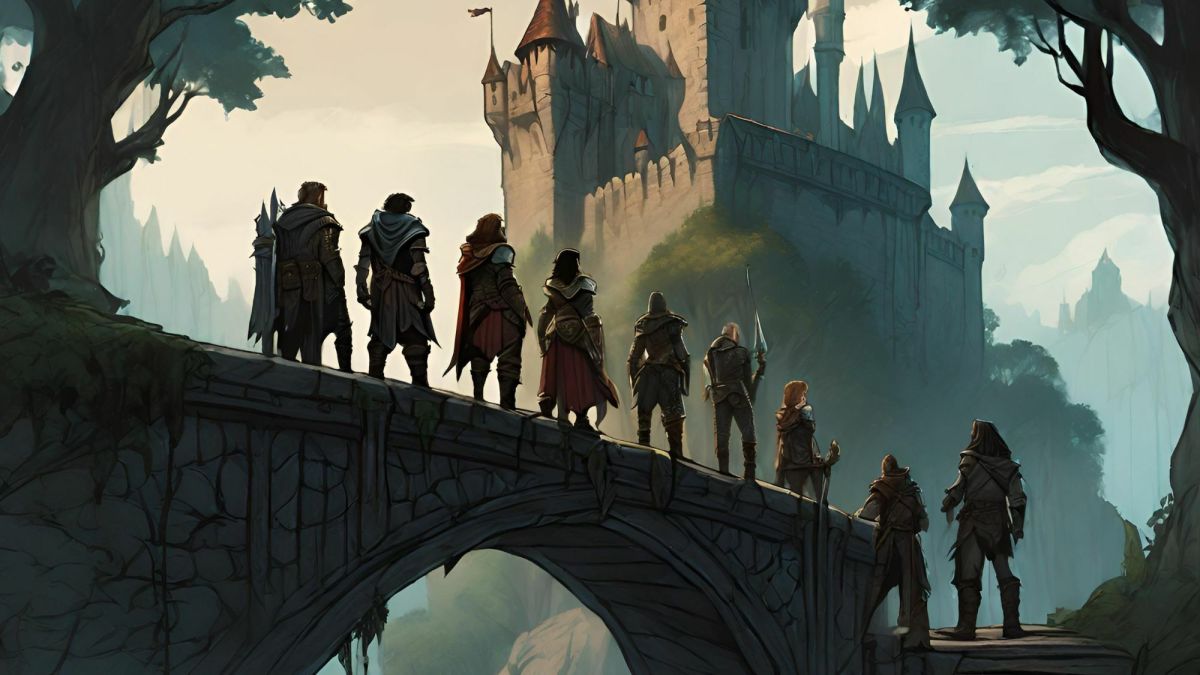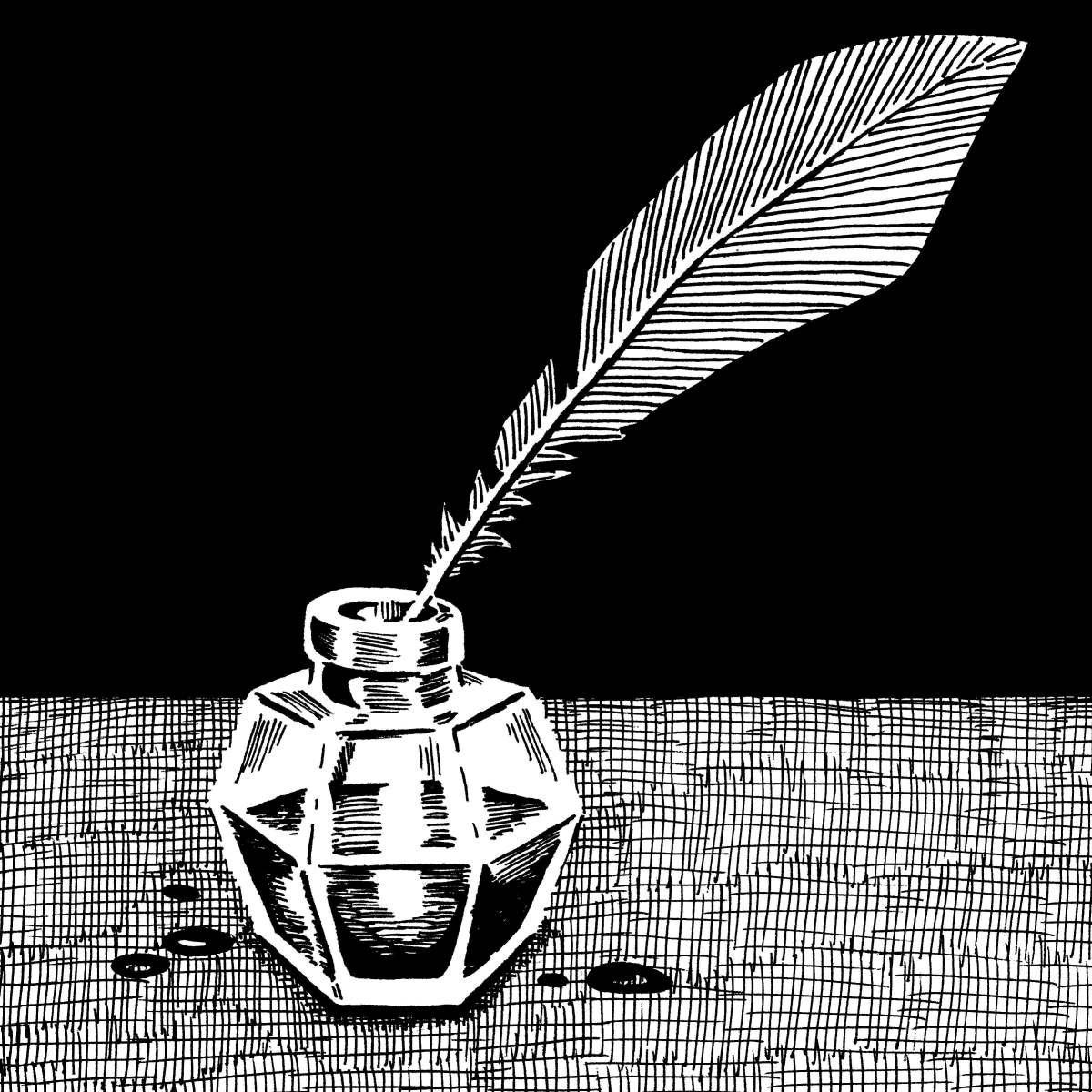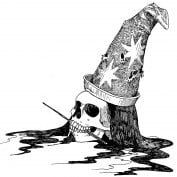 61
61- 0
Building Your RPG Character’s Background Story
A character’s background story is a necessary element in tabletop roleplaying games, but players often struggle to create it. This article covers why you should write a backstory and how not to overwrite it.
- 2
Why Do Orc Lives Matter?
An exploration into the evolution of the Orc as a concept from inception to #OrcLivesMatter that strives to answer: are Orcs a racist trope? The answer is much more complicated than you think.
- 1
How to Write an RPG Adventure
Writing an RPG Adventure is all about knowing where to start and where to end it then the rest is nudging players to the finish. Writing it also requires three basic techniques: linear strategy, sandboxing, and modularity.
- 0
How to Write an RPG Actual Play Blog
Sometimes stories and incidents generated during a tabletop RPG session are worth putting out into the world for others to enjoy, but how do you transform your session notes into an enjoyable read?
- 0
Dark Lords: Building Better Lords of Evil
The archetypal Dark Lord is a cliche for a reason, but Game Masters can improve on them, bringing an emotional weight to every battle and binding the players to their foe using certain techniques.
- 0
Handling Game Flow in Tabletop RPGs
The most common problem that Game-Masters have to face is that of managing and maintaining the flow of the game and what to do if it stagnates. How do you keep the campaign from running aground?
- 0
Building Tabletop Myths
Role-players can extend their game beyond the limits of the tabletop and enrich their games by constructing myths of the raw materials and medium provided by their play using a handful of techniques.
- 0
Game Mastery: Establishing Atmosphere
The greatest dilemma that all Game-Masters have to face is that of how to establish atmosphere. How to create the sea of fantasy the waters of which the players will willingly submerge themselves.
